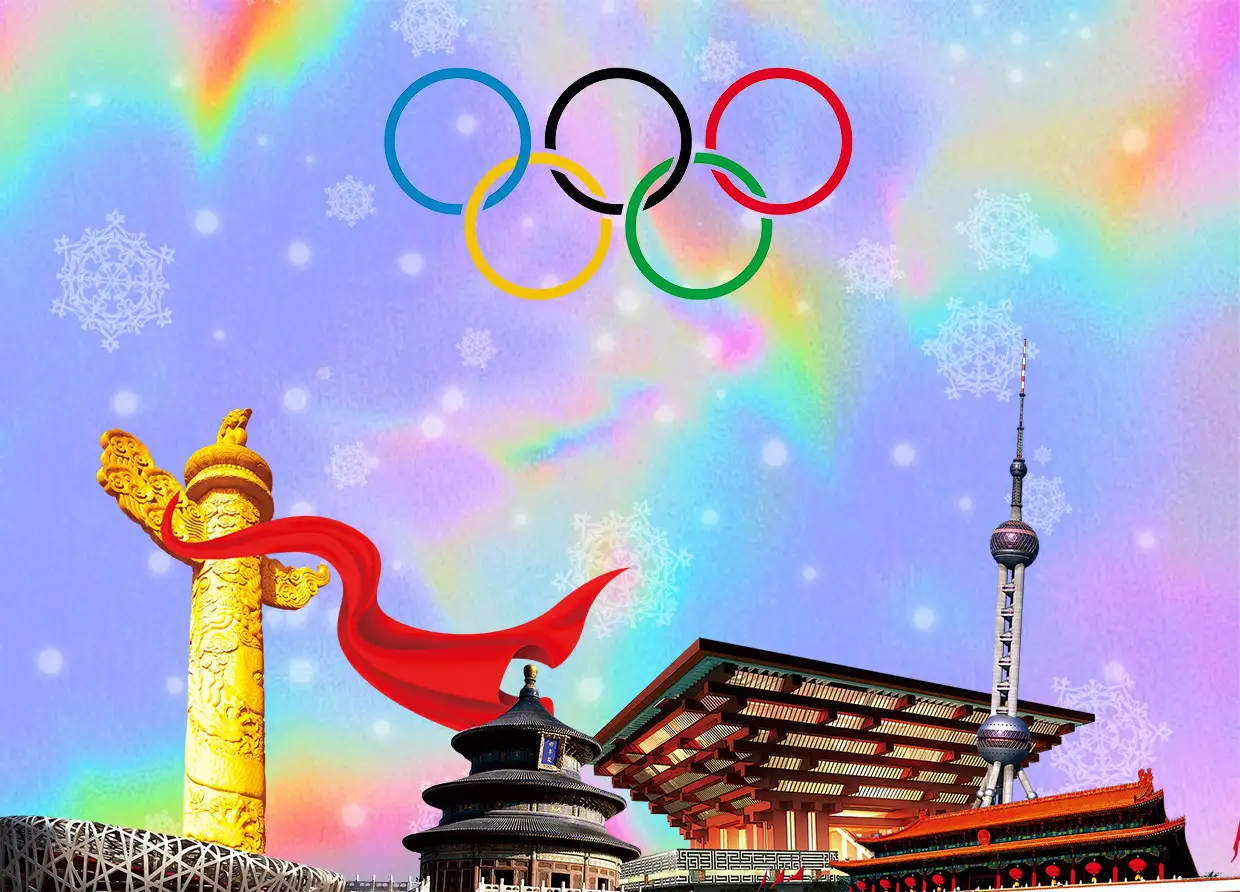THE ROLE OF E-COMMERCE IN EMPOWERING LOCAL BATIK CRAFTSMEN
Lazada commits to preserving Batik, the cultural heritage of Indonesia.

Welcoming National Batik Day, Lazada, as one of the e-commerce providers in Indonesia, commits to preserving Batik, the cultural heritage of Indonesia. Lazada has been a home for craftsmen and sellers of the batik fashion industry from Pekalongan and Cirebon until high-end labels are available on LazMall. Actively, Lazada invites Batik's manufacturers and sellers to transform digitally and widen the domestic market. Lazada has become one of the pioneers of the movement proudly wearing Batik in Indonesia (Gerakan Nasional Bangga Buatan Indonesia) since 2020, May ago.
Haikal Bekti Anggoro, SVP, Seller Operations, Lazada Indonesia, said, "The coronation from UNESCO become form of world appreciation to the Indonesia's batik culture that has been heritages hereditary and it's a part of the wealth of Indonesian nation. We can see from the growth of people's attraction to the Batik, and it creates business chance that is potentially to be bigger."
Therefore, Lazada keeps trying to support craftsmen and sellers of Batik in Indonesia to go digital and widen the market. From March 2020 until Juli 2021, Lazada counted significant growth of seller's existence in the center of Batik in Pekalongan and Cirebon. Pekalongan had a rapid expansion of more than seven times more extensive as a batik city, while Cirebon has eight times bigger.
UNESCO said that the techniques, symbolism, and culture surrounding hand-dyed cotton and silk garments known as Indonesian Batik permeate the lives of Indonesians from beginning to end: infants are carried in batik slings decorated with symbols designed to bring the child luck, and the dead are shrouded in funerary Batik.
Clothes with simple designs are worn regularly in business and academic settings. At the same time, particular varieties are incorporated into celebrations of marriage and pregnancy, puppet theatre, and other art forms.
The garments even play a central role in certain rituals, such as the ceremonial casting of royal Batik into a volcano. Batik is dyed by proud craftspeople who draw designs on fabric using dots and lines of hot wax. It resists vegetables and other dyes. Therefore, it allows the artisan to color selectively by soaking the cloth in one color, removing the wax with boiling water, and repeating multiple colors on demand.
The variety of patterns reflects various influences, ranging from Arabic calligraphy, European bouquets, and Chinese phoenixes to Japanese cherry blossoms and Indian or Persian peacocks. Often handed down within families for generations, the craft of Batik is intertwined with the cultural identity of the Indonesian people and, through the symbolic meanings of its colors and designs, expresses their creativity and spirituality.
Indonesians commonly use Batik in various rituals, traditions, and celebrations. In addition, the motifs carry different symbolic meanings that are tied to the Indonesian heritage. Infants are carried in batik slings designed to bring luck while the dead are covered in "funerary batik." Unique batik variants are also used on special occasions, including marriage, pregnancy, and even puppet performances in traditional theatres. Often handed down through generations, the craft of creating Batik is deeply intertwined with the cultural identity of the Indonesian people.
Colors and designs are used to express an individual's creativity and spiritual beliefs. Batik can be created using two conventional techniques. The first is made by drawing dots and lines of the resist with a spouted tool called a canting, while the second technique prints the resist with a copper stamp called a cap. The wax which resists dyes allows the artisan to color the cloth selectively by soaking it in one color at a time. The artisan then removes the wax with boiling water and repeats the process multiple times to achieve the desired design outcome.
Batik can be made with various dyes and wax on cotton, silk, and other natural fabrics. Each state in Indonesia has its unique form of Batik. In Central Java, Batik usually comes in the form of subdued colors and stylized imagery. Meanwhile, in southern Sulawesi, its Batik is known for its brightly colored, naturalistic figures.
#THE S MEDIA #Media Milenial #nation batik day






















